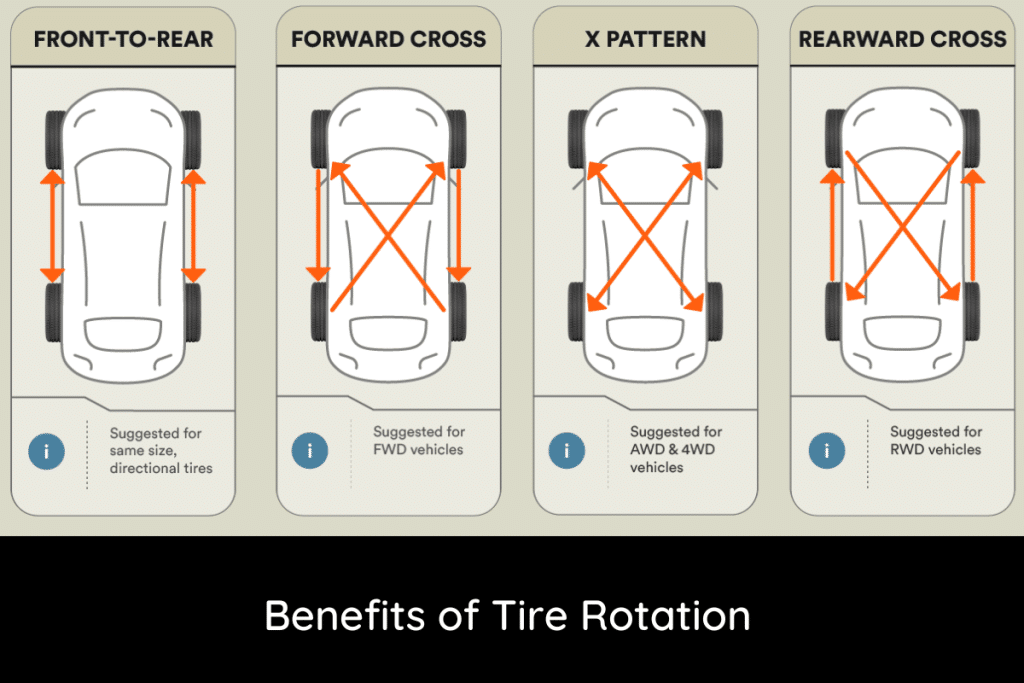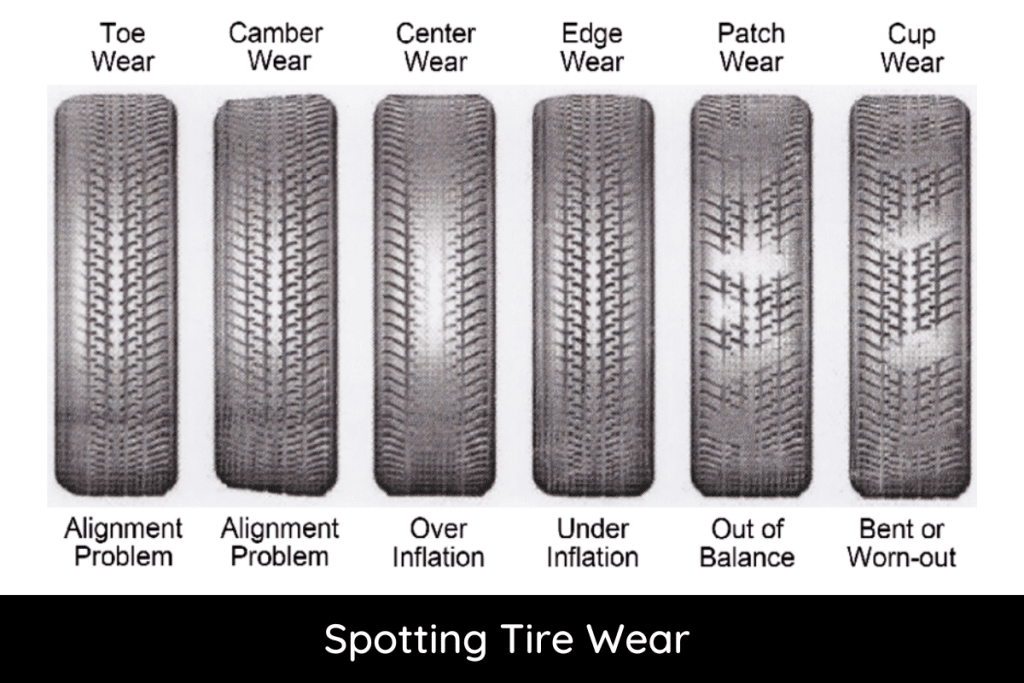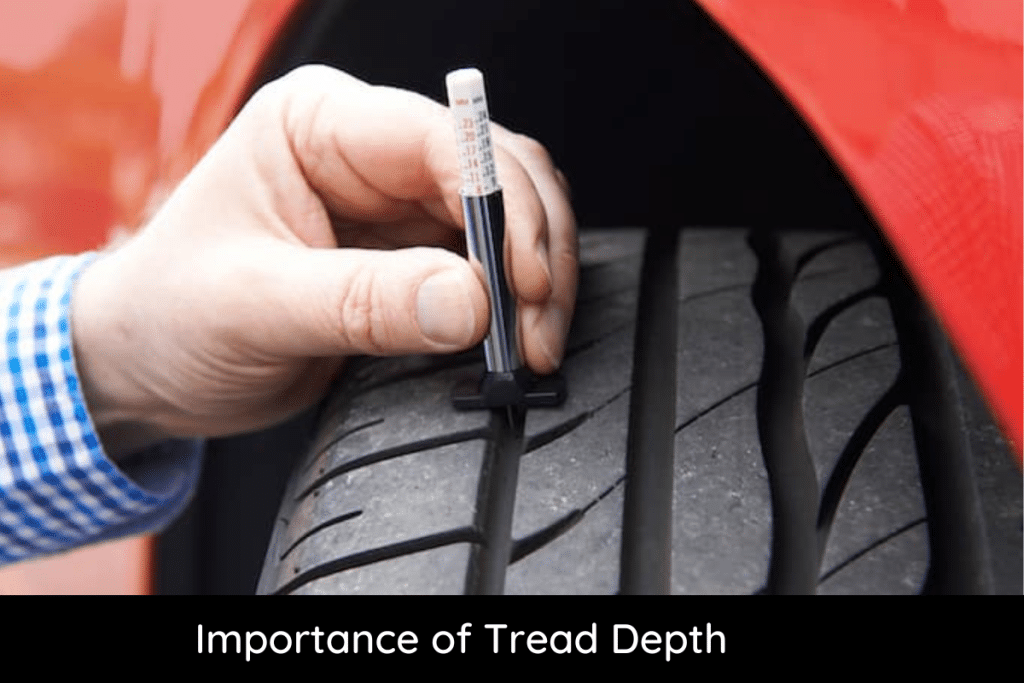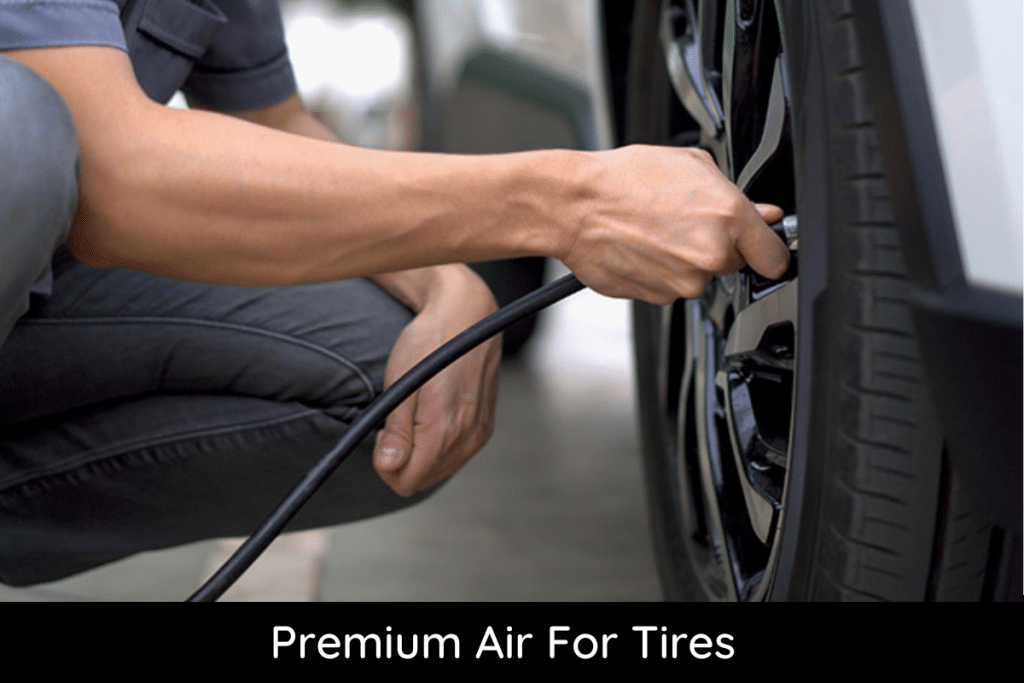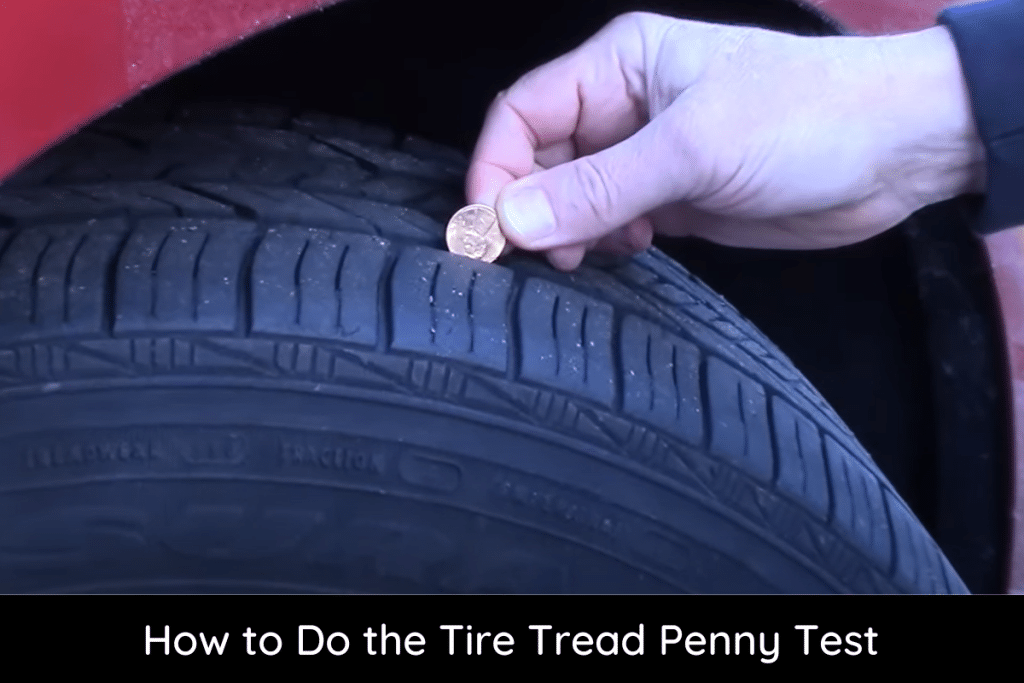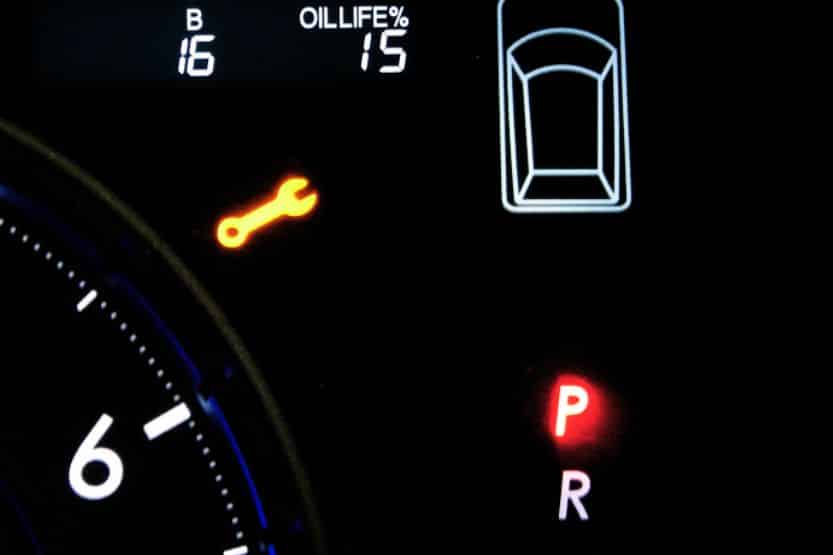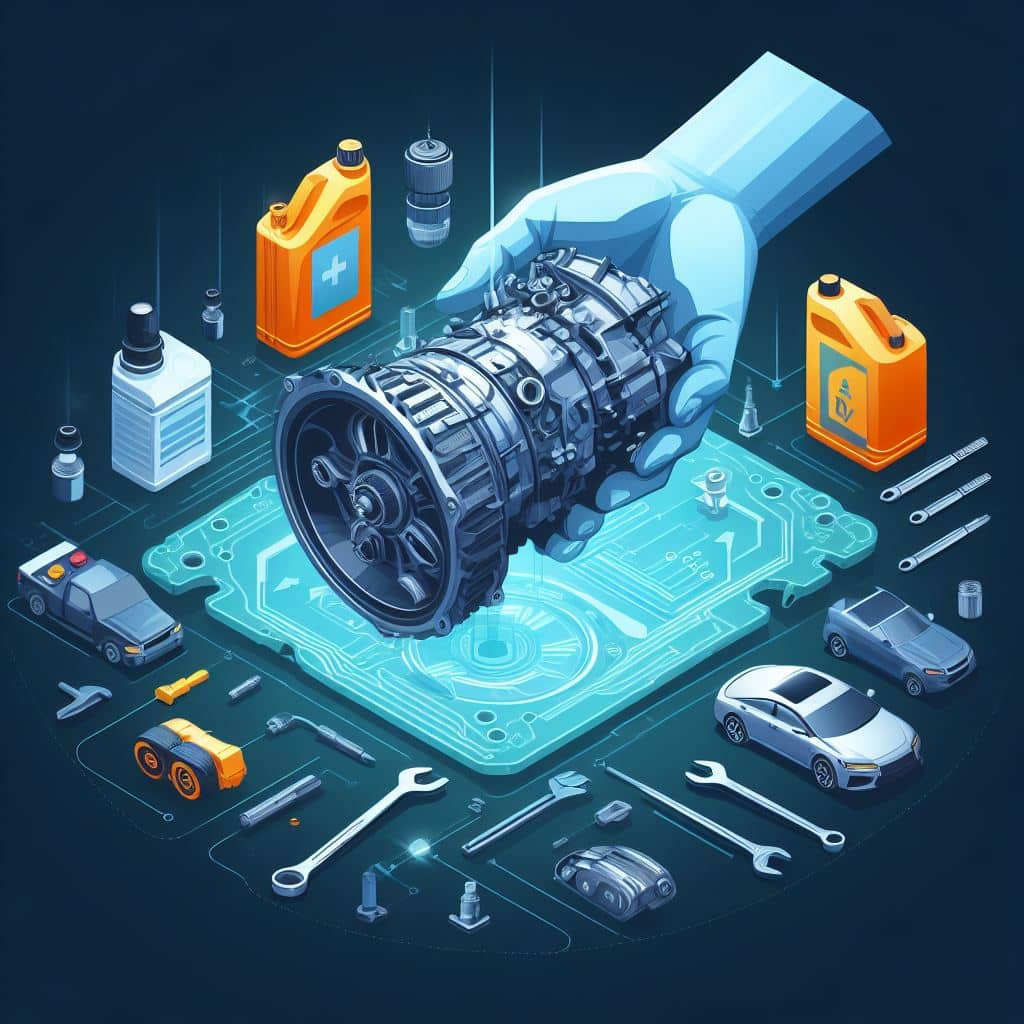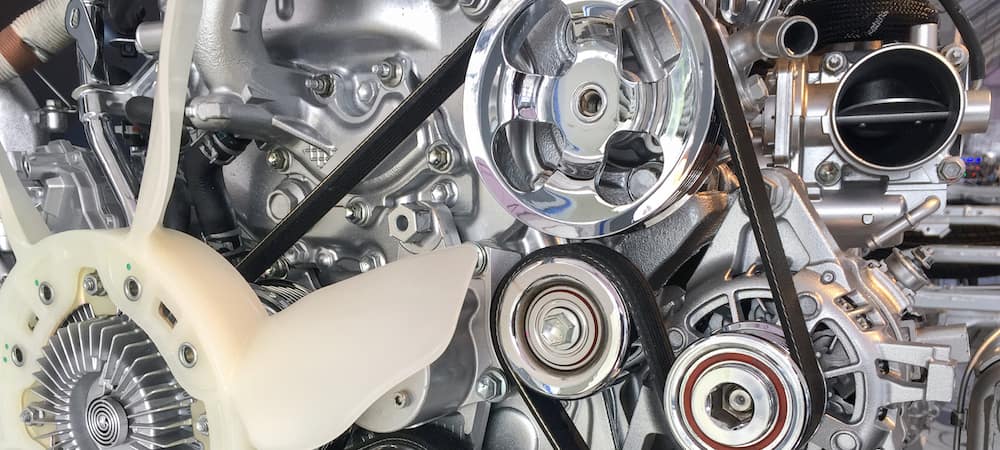Welcome to the world of car maintenance! Whether you’re a new car owner or just looking to get a bit more hands-on with your vehicle, understanding the basics of car care is essential.
Many people avoid car maintenance, thinking it’s too complex or time-consuming. However, regular maintenance is crucial for the longevity of your vehicle and can save you both time and money in the long run. Plus, there’s a certain satisfaction in knowing you can take care of your car’s basic needs.
This article covers various topics related to car maintenance, such as checking your oil level and understanding your dashboard indicators. Whether you need to change a tire or know when to seek professional help, we have got you covered.
Our goal is to provide you with practical and easy-to-follow advice that aligns with your search for “basic car maintenance,” “car maintenance for beginners,” and “car care tips.”
Remember, every vehicle is different, and the owner’s manual is your go-to resource for specific information about your car. But for general knowledge and handy tips, you’re in the right place.
Understanding Your Vehicle
Embarking on your car maintenance journey begins with understanding the basics of your vehicle. This knowledge not only aids in routine upkeep but also empowers you to make informed decisions about your car’s care.
Importance of the Owner’s Manual
The owner’s manual is your car’s bible. It’s tailored specifically to your model and provides vital information, including:
- Scheduled maintenance: When to get services like oil changes and tire rotations.
- Dashboard indicators and their meanings: What do those little symbols on your dashboard signify?
- Ideal tire pressure: Specific to your car for optimal performance and safety.
- Fluid specifications: Your car needs oil, coolant, and other fluids.
Tip: Keep your manual in the glove compartment for easy reference. If you’ve lost it, many manufacturers provide digital copies online.
Basic Vehicle Components Overview
Familiarize yourself with these critical components of your car:
- Engine: The heart of your vehicle. It converts fuel into motion.
- Transmission: Works with the engine to provide power to the wheels.
- Battery: Powers your car’s electrical components.
- Radiator: Keeps the engine cool to prevent overheating.
- Brakes: Essential for stopping the vehicle.
- Suspension: Helps in smooth driving and handling.
- Exhaust System: Removes exhaust gases from the engine.
Understanding these components helps you grasp how your car functions and what needs attention during maintenance.
Read Also: Transmission fluid capacity
Familiarizing Yourself with Dashboard Indicators
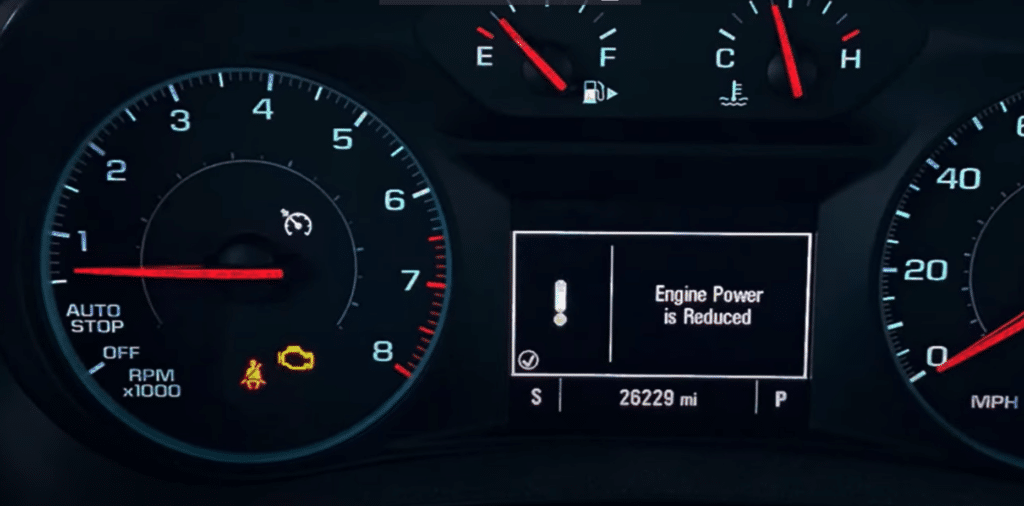
Your car’s dashboard is a hub of information. Key indicators include:
- Check Engine Light: This could signify various issues, from a loose gas cap to a severe engine problem.
- Oil Pressure Warning: This indicates a problem with your car’s oil pressure system.
- Tire Pressure Warning Light: Informs you when a tire is not at its ideal pressure.
- Battery Alert: This indicates a potential problem with the car’s charging system.
Here’s a comprehensive guide to understanding your dashboard symbols.
Regular Maintenance Tasks
Maintaining your vehicle is not just about fixing problems as they arise; it’s about regular upkeep to prevent issues from occurring in the first place. In this section, we’ll go through some fundamental maintenance tasks that every car owner should know.
Checking and Changing the Oil
Why It’s Important: Oil is the lifeblood of your engine. It lubricates and protects your engine’s moving parts, helping prevent damage.
How to Check Oil Levels:
- Ensure your car is on level ground and the engine is cool.
- Open the hood and locate the oil dipstick.
- Pull out the dipstick, wipe it clean, reinsert it fully, and then pull it out again to check the oil level.
When to Change the Oil: Generally, oil should be changed every 3,000 to 5,000 miles, but this varies based on the vehicle and type of oil. Consult your owner’s manual for specific recommendations.
For a detailed guide on changing your oil, check out this step-by-step tutorial.
Tire Maintenance
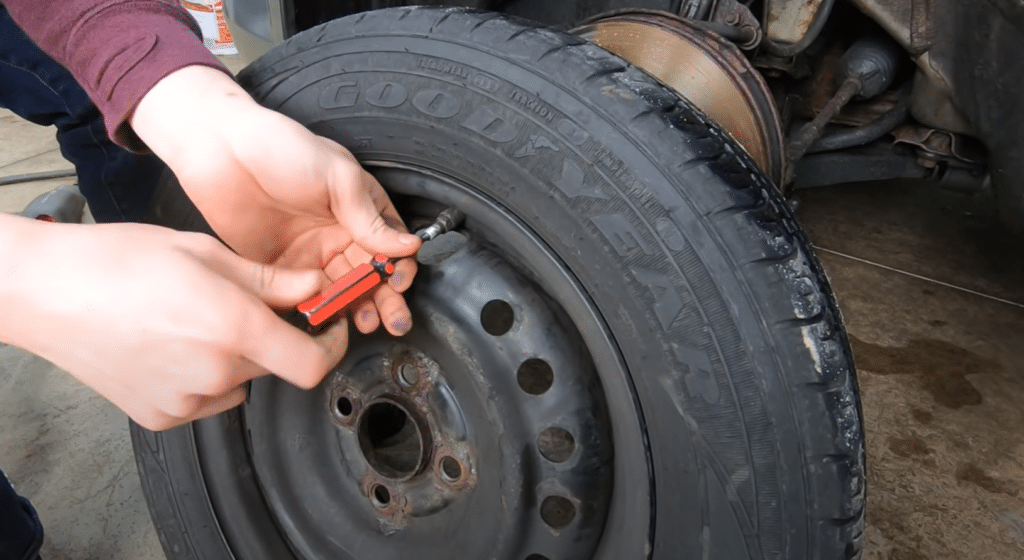
Checking Tire Pressure: Incorrect tire pressure can decrease fuel efficiency and tire life.
- Find the recommended tire pressure in your owner’s manual or on a sticker inside the driver’s door.
- Use a tire gauge to check the pressure when the tires are cold.
Rotating Tires: Rotating your tires every 6,000 to 8,000 miles helps achieve uniform wear, extending their life.
Understanding Tire Tread Wear: Examine your tires for wear and tear. Worn tread or uneven wear can indicate alignment issues.
Here’s a helpful tire maintenance guide.
Engine Air Filter Replacement
A clogged air filter can reduce fuel efficiency and engine performance.
- Check your air filter every 12,000 to 15,000 miles.
- Replacing it is typically simple; your owner’s manual can guide you on how to do it for your specific vehicle.
Checking and Refilling Fluids
Your car relies on various fluids for smooth operation. Here’s a quick rundown:
- Coolant: Keeps the engine from overheating.
- Brake Fluid: Essential for brake function.
- Power Steering Fluid: Facilitates smooth steering.
- Transmission Fluid: Keeps the transmission system operational.
Check levels regularly and top up as needed. Refer to your owner’s manual for specifics on types and filling procedures.
Brake System Maintenance
Maintaining your car’s brakes is crucial for safety. Understanding how to check and recognize signs of wear can save you from potential hazards and costly repairs. Here’s what you need to know:
Recognizing Signs of Brake Wear
Be aware of these common indicators that your brakes may need attention:
- Unusual Noises: Squealing or grinding noises when braking.
- Reduced Responsiveness: If your brakes feel less responsive or if the pedal sinks toward the floor, it could indicate a leak in the braking system.
- Vibration: A vibrating or pulsating brake pedal often suggests warped rotors.
- Pulling: The car pulling to one side while braking can indicate uneven brake pad wear.
How to Check Brake Pads and Rotors
Inspecting Brake Pads:
- Look through the spokes of your wheel to see the brake pad. There should be at least 1/4 inch of pad.
- If the pad looks thin, it’s time for a replacement.
Examining Rotors:
- Check for any scoring, grooves, or roughness on the rotor’s surface.
- A professional should examine a rotor that isn’t smooth or has deep grooves.
Battery Maintenance
Your car’s battery is essential for starting the engine and powering electrical components. Proper battery maintenance can prevent breakdowns and extend the life of your battery.
Here’s what you need to know:
Checking the Battery Health
Inspecting the Battery:
- Visual Inspection: Look for signs of corrosion (white powdery substance) around the terminals.
- Check for Damage: Ensure the battery case isn’t cracked or swollen.
Battery Testing:
- Most automotive stores offer free battery testing. This can give you an idea of your battery’s current condition and its expected lifespan.
Read Also: How to reset check engine light without disconnecting the battery
Cleaning Battery Terminals
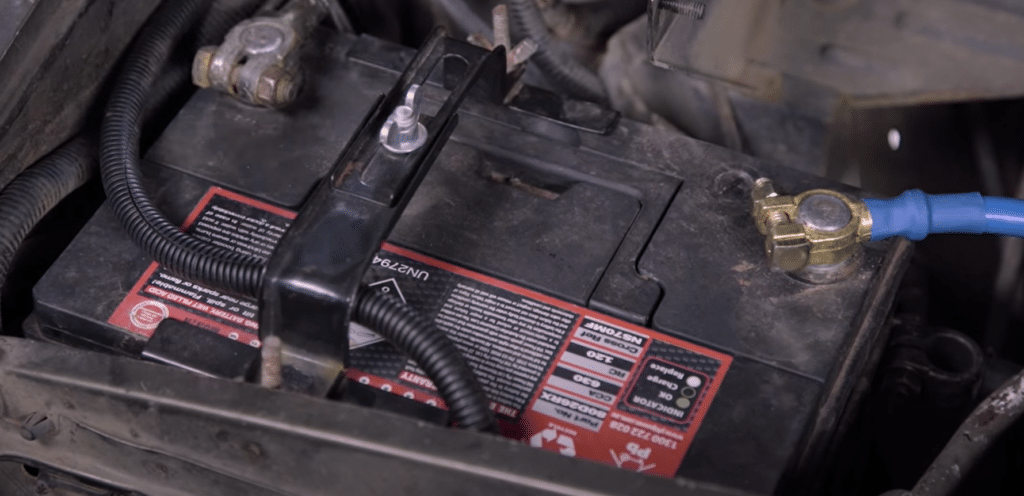
Corrosion on the terminals can lead to poor connections and reduced performance. Here’s how to clean them:
- Remove the Terminal Covers: Start with the negative terminal.
- Clean the Terminals: Use a mixture of baking soda and water or a professional battery cleaning solution. Apply with a toothbrush.
- Rinse and Dry: Rinse with water and dry thoroughly before reconnecting, starting with the positive terminal.
Knowing When to Replace the Battery
Typically, a car battery lasts about 3-5 years. Signs that it’s time for a new battery include:
- Slow Engine Crank: When the car takes longer than usual to start.
- Electrical Issues: Dimming headlights or dashboard lights.
- Battery Warning Light: Illumination on your dashboard.
Windshield Care
Good visibility is essential for safe driving, making windshield care a critical aspect of vehicle maintenance. This section covers key points on maintaining your windshield and wipers.
Replacing Windshield Wipers
Windshield wipers are crucial for maintaining visibility in bad weather. They should be replaced when you notice a difference in driving visibility or at least once a year.
Steps to Replace Wipers:
- Measure or Refer to Your Manual: Ensure you purchase the correct size.
- Remove Old Wipers: Lift the wiper arm away from the windshield and press the trim tab to slide the old wiper off.
- Attach New Wipers: Slide the new wiper onto the arm until it reaches place.
Maintaining Proper Windshield Washer Fluid Levels
Windshield washer fluid is vital for cleaning your windshield on the go.
- Check Fluid Regularly: Lift the hood and locate the washer fluid reservoir to check the level.
- Refill as Needed: Use a windshield washer fluid or a mixture suitable for your climate (especially in freezing conditions).
Dealing with Minor Windshield Cracks
Small chips and cracks can quickly become bigger problems.
- Address Quickly: Small cracks can often be repaired easily if caught early.
- DIY Kits: For minor chips, consider a DIY windshield repair kit.
- Seek Professional Help: For larger cracks, consult a professional as it may require a full windshield replacement.
Seasonal Car Care Tips
Adapting your car maintenance routine to the changing seasons is crucial for ensuring its longevity and performance. Here are some essential tips for keeping your car in top shape year-round.
Preparing Your Car for Winter
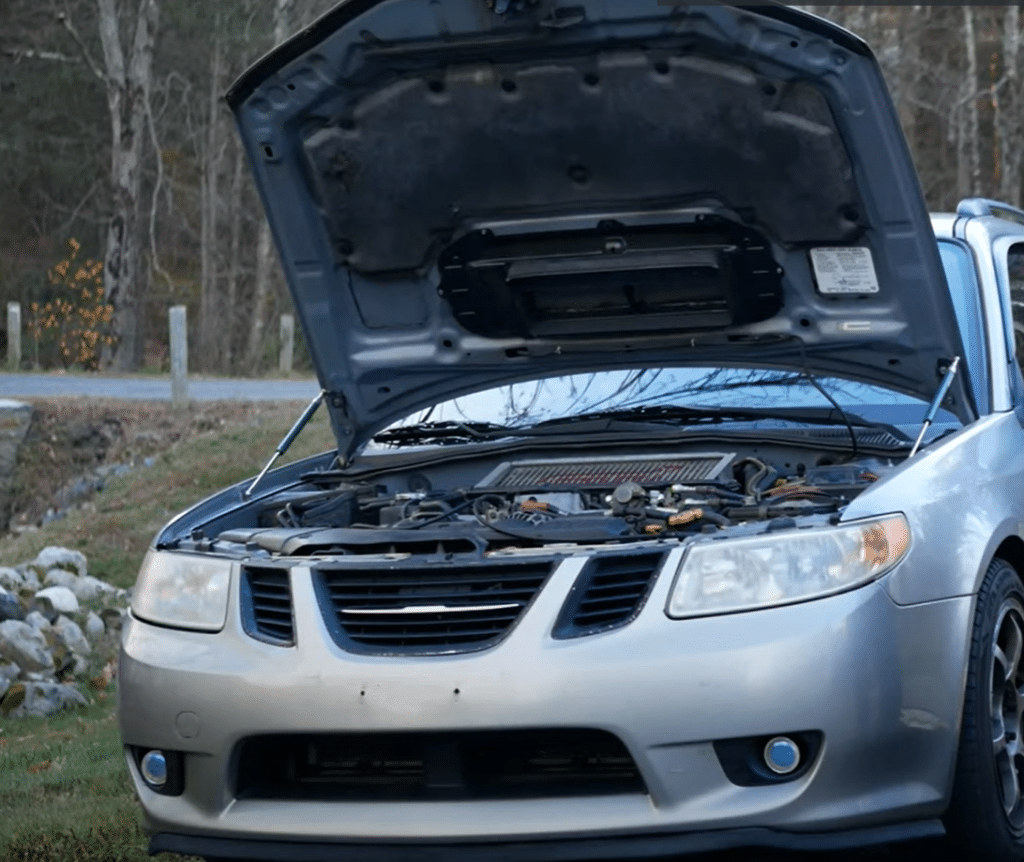
Winterizing Your Vehicle:
- Antifreeze Levels: Ensure your antifreeze is at the correct level and concentration to prevent freezing.
- Battery Check: Cold weather can strain batteries. Test your battery and replace it if necessary.
- Tire Inspection: Consider winter tires for better traction in snow and ice. Also, regularly check tire pressure as it can decrease in cold temperatures.
- Windshield Wipers and Fluid: Use winter-grade fluid to prevent freezing and ensure wipers are in good condition for increased precipitation.
Resource Tip: Look up online guides or videos on winter car maintenance for more detailed advice.
Summer Car Care Tips
Keeping Your Car Cool and Efficient:
- Cooling System: Check your radiator and coolant levels to avoid overheating.
- Air Conditioning: Ensure your AC is working efficiently for comfortable driving.
- Tire Pressure: Hot weather can increase tire pressure. Check it regularly and adjust as needed.
- Sun Protection: Use sun shades and park in shaded areas to protect the interior from UV damage.
Handling Extreme Weather Conditions
Tips for Extreme Weather:
- Floods: Avoid driving through deep water. After driving in wet conditions, check your brakes and undercarriage.
- Heat Waves: Monitor the engine temperature gauge to prevent overheating.
- Heavy Snow: Regularly clear snow and ice from your vehicle. Keep essential winter tools like a snow brush and ice scraper handy.
Resource Tip: For dealing with extreme weather, consult online resources or local automotive experts for region-specific advice.
When to Seek Professional Help
While many car maintenance tasks can be handled at home, there are times when it’s best to consult a professional. Knowing when to seek expert assistance is crucial for maintaining your vehicle’s safety and performance.
Recognizing Complex Issues
Some car problems require specialized tools and knowledge. Be on the lookout for these signs that it’s time to visit a mechanic:
- Unusual Engine Noises: Knocking, hissing, or popping sounds from the engine can indicate serious issues.
- Persistent Warning Lights: If dashboard indicators (especially the check engine light) remain on, it’s time for a professional diagnostic.
- Brake Problems: Any issues with braking, such as a soft brake pedal or grinding noises, warrant immediate professional attention.
- Transmission Issues: Difficulty in shifting gears or unusual noises when in gear are signs of potential transmission problems.
- Electrical Faults: Issues like flickering lights, malfunctioning wipers, or problems starting the car often require specialized diagnostic equipment.
Importance of Regular Professional Check-Ups
Regular check-ups by a professional are important, even if your car seems to be running smoothly. Here’s why:
- Comprehensive Diagnostics: Mechanics can access advanced tools to diagnose underlying issues you might miss.
- Preventive Maintenance: Professionals can spot potential problems early, preventing costly repairs down the line.
- Safety: Some maintenance tasks, like checking the suspension or exhaust systems, are best left to professionals for safety reasons.
Finding a Trustworthy Mechanic
Choosing the right mechanic is as important as the maintenance itself. Here are some tips:
- Seek Recommendations: Ask friends, family, or co-workers for mechanic referrals.
- Check Reviews: Look at online reviews and ratings of local auto shops.
- Certifications: Choose a mechanic or shop that is certified by reputable organizations like the Automotive Service Excellence (ASE).
- Get Multiple Estimates: For major repairs, getting several quotes and opinions is wise.
Concluding Remarks
As we wrap up our guide on “Basic Car Maintenance for Beginners,” reflecting on the key takeaways and encouraging a proactive approach to vehicle care is important.
Summarizing Key Points
- Understanding Your Vehicle: Familiarize yourself with your car’s manual and basic components for a solid maintenance foundation.
- Regular Maintenance: Routine tasks like checking oil, maintaining tires, and monitoring fluid levels are crucial for your car’s longevity.
- Brake and Battery Care: Regular checks of your brakes and battery ensure safety and reliability.
- Windshield Maintenance: Clear visibility is vital; maintain your wipers and keep your windshield clean and intact.
- Seasonal Adjustments: Adapt your maintenance routine to suit the changing seasons for optimal performance.
- Professional Assistance: Know when to seek expert help for complex issues or regular check-ups.
Consistent maintenance is key to extending the life of your car and ensuring your safety on the road. Regularly performing the simple checks and tasks outlined in this guide can prevent many common vehicle problems.
Learning More About Car Care
Car maintenance is an ongoing learning process. There are numerous resources available for further education:
- Online Forums and Blogs: Follow automotive forums and car maintenance blogs for tips and advice.
- Workshops and Classes: Look for local workshops or classes that offer hands-on training in basic car maintenance.
- YouTube Channels: Many automotive experts share valuable car care and repair tutorials.
Remember, your effort to maintain your car pays off in reliability and performance. Don’t be intimidated by the complexity of vehicles; start with the basics and gradually build your skills and knowledge.
Happy motoring, and stay safe on the roads!


